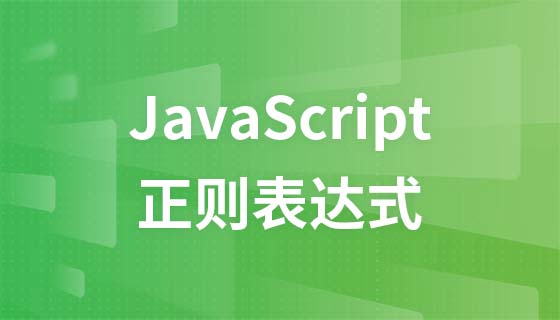Linux下C++多线程编程实用技巧
时间:2025-04-16 17:15:34 202浏览 收藏
本文详细介绍了在Linux系统下利用C++和POSIX线程库(pthread)进行多线程编程的技巧。通过一个具体的代码示例,演示了如何创建、运行和等待线程结束,并解释了编译过程中`-pthread`选项的重要性。文章涵盖了线程创建、线程函数编写、线程等待以及潜在的数据竞争问题,适合C++开发者学习Linux多线程编程。 学习本教程,你将掌握Linux下C++多线程开发的核心技能,提升程序运行效率。

本文将演示如何在Linux环境下使用C++和POSIX线程库(pthread)创建多线程程序。 首先,确保你的系统已安装pthread库(大多数Linux发行版默认安装)。
创建一个名为multithread_example.cpp的文件,并粘贴以下代码:
#include <iostream>
#include <pthread.h>
#include <string>
// 线程函数
void* thread_function(void* arg);
int main() {
pthread_t thread1, thread2;
int result1, result2;
// 创建线程
result1 = pthread_create(&thread1, NULL, thread_function, (void*)"Thread 1");
result2 = pthread_create(&thread2, NULL, thread_function, (void*)"Thread 2");
if (result1 != 0 || result2 != 0) {
std::cerr << "Error creating thread" << std::endl;
return 1;
}
// 等待线程结束 (可选,取决于你的程序逻辑)
pthread_join(thread1, NULL);
pthread_join(thread2, NULL);
std::cout << "All threads finished." << std::endl;
return 0;
}
void* thread_function(void* arg) {
std::string thread_name = static_cast<const char>(arg);
std::cout << thread_name << " is running." << std::endl;
// 在这里添加你的线程任务代码
return NULL;
}</const></string></pthread.h></iostream>
接下来,使用g++编译器编译代码:
g++ -o multithread_example multithread_example.cpp -pthread
-pthread选项告诉编译器链接pthread库。
最后,运行生成的执行文件:
./multithread_example
该程序创建两个线程,每个线程打印一条消息到控制台。 pthread_join函数确保主线程等待子线程完成之后再退出。 你可以根据需要修改thread_function函数来执行不同的任务。 记住,在多线程编程中,需要仔细处理共享资源以避免数据竞争等问题。
以上就是本文的全部内容了,是否有顺利帮助你解决问题?若是能给你带来学习上的帮助,请大家多多支持golang学习网!更多关于文章的相关知识,也可关注golang学习网公众号。
相关阅读
更多>
-
501 收藏
-
501 收藏
-
501 收藏
-
501 收藏
-
501 收藏
最新阅读
更多>
-
214 收藏
-
230 收藏
-
195 收藏
-
221 收藏
-
394 收藏
-
136 收藏
-
453 收藏
-
453 收藏
-
138 收藏
-
350 收藏
-
230 收藏
-
178 收藏
课程推荐
更多>
-

- 前端进阶之JavaScript设计模式
- 设计模式是开发人员在软件开发过程中面临一般问题时的解决方案,代表了最佳的实践。本课程的主打内容包括JS常见设计模式以及具体应用场景,打造一站式知识长龙服务,适合有JS基础的同学学习。
- 立即学习 543次学习
-

- GO语言核心编程课程
- 本课程采用真实案例,全面具体可落地,从理论到实践,一步一步将GO核心编程技术、编程思想、底层实现融会贯通,使学习者贴近时代脉搏,做IT互联网时代的弄潮儿。
- 立即学习 516次学习
-

- 简单聊聊mysql8与网络通信
- 如有问题加微信:Le-studyg;在课程中,我们将首先介绍MySQL8的新特性,包括性能优化、安全增强、新数据类型等,帮助学生快速熟悉MySQL8的最新功能。接着,我们将深入解析MySQL的网络通信机制,包括协议、连接管理、数据传输等,让
- 立即学习 500次学习
-

- JavaScript正则表达式基础与实战
- 在任何一门编程语言中,正则表达式,都是一项重要的知识,它提供了高效的字符串匹配与捕获机制,可以极大的简化程序设计。
- 立即学习 487次学习
-

- 从零制作响应式网站—Grid布局
- 本系列教程将展示从零制作一个假想的网络科技公司官网,分为导航,轮播,关于我们,成功案例,服务流程,团队介绍,数据部分,公司动态,底部信息等内容区块。网站整体采用CSSGrid布局,支持响应式,有流畅过渡和展现动画。
- 立即学习 485次学习
